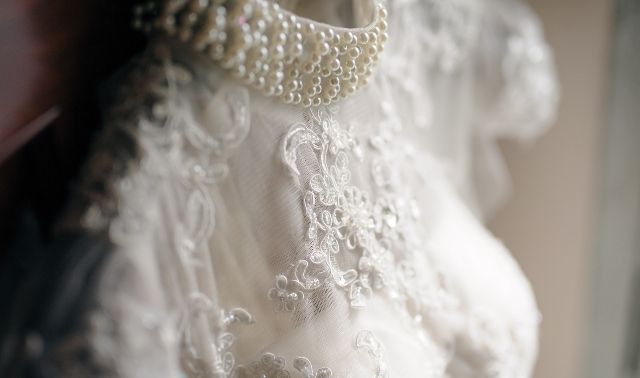Sign up for the Family Tree Newsletter! Plus, you’ll receive our 10 Essential Genealogy Research Forms PDF as a special thank you.
Get Your Free Genealogy Forms
"*" indicates required fields
Political campaigns generate a staggering amount of ephemera and memorabilia. Celebrate your candidate and the American political spirit by preserving patriotic mementos to display or wave in the next election.
1. Keep Buttons Away
Campaign buttons have a timeless appeal and look great on display. But the pins or button-backs themselves are typically made of inexpensive metals that will rust or corrode if exposed to humidity. (And like everything else, their colors will fade if exposed too long to light.)
Store buttons by themselves in a shadow box or jewelry tray to avoid scratches. If on display, keep them behind UV glass or away from windows and other light sources.
Plastic buttons (and other trinkets) are likewise unstable. Use clean cotton or nitrile gloves when handling old plastics, which tend to crack and chip. Don’t clean using solvents—distilled water and a soft cloth are safer. Wrap items in acid-free tissue.
2. Save Paper in Acid-free Folders
Flyers, posters, event tickets and other ephemera are often printed on cheap paper or cardboard that can contain acid and chemicals. Place them in individual acid-free polyester or paper folders to prevent them from damaging adjacent items. If placing in a scrapbook or mounting, use acid-free adhesives.
3. Digitize Newsprint
Newspapers and clippings are tempting to save, but you need to carefully isolate these artifacts to prevent acid migration and damage to other items. Scan or take a digital picture of memorable stories.
Souvenir newspapers you are keeping should be placed unfolded and flat inside a large shallow archival newspaper box. Clippings are best stored in archival plastic sleeves or acid-free folders, separate from other memorabilia. De-acidification sprays are available, but they’re not foolproof. (And they need to be reapplied.)
Tip: Layering your storage can better protect keepsakes. The first layer that encloses/touches the item should be made from high-quality archival materials: an acid-free folder or tissue paper, a clean cotton sheet, etc. The second layer—an archival box or metal container—should be placed in a clean, dry, dark location that has moderate temperature.
4. Clean Textiles Before Storing
Items put away immediately after wearing are susceptible to damage from pests. T-shirts, caps and fabric banners should be stored in a dark, dry, temperate environment. Place them inside an acid-free box or cotton pillowcase, and stuff any hats to preserve their shape. Learn more about preserving heirloom linens here.
5. Take Care Around Bumper Stickers
Often printed on vinyl or coated paper with an adhesive backing, these iconic mementos can stick to other items. Separate unused stickers from each other using sheets of acid-free paper. Note that vinyl stickers can emit gasses over time that cause photos and paper to degrade quickly, so store them separately from other items.
A version of this article appeared in the November/December 2024 issue of Family Tree Magazine.







